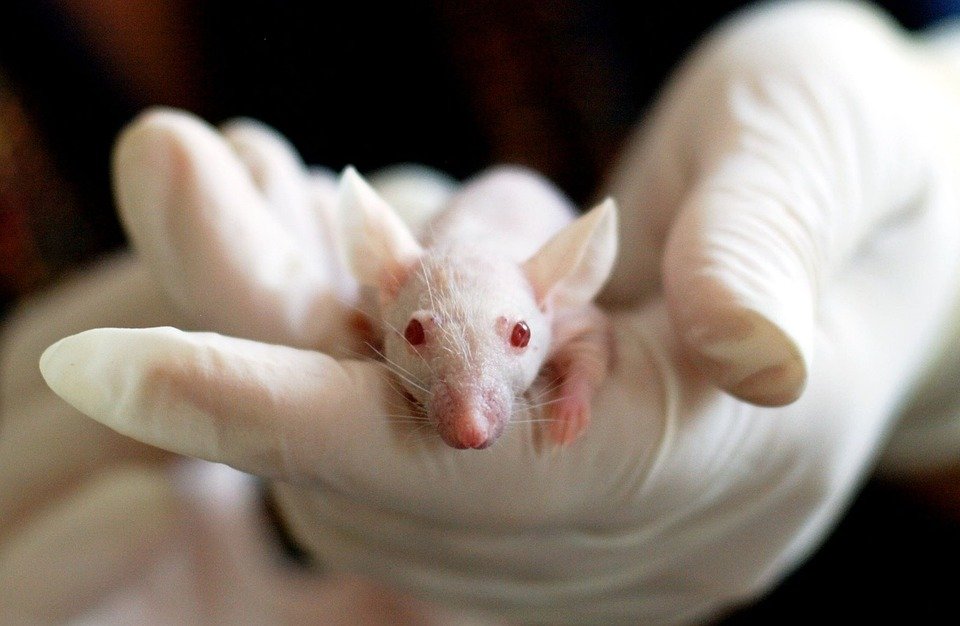Health tourism in India
Since the dawn of time, man has realized a certain reality that does not change, such as the shape of the earth; The fact that his body is fragile and even if taken care of properly, it will deteriorate due to his advanced age. Therefore, in order to ward off sickness and ailments and thus prolong his life, he took the services of sages or charlatans (in the old days) and physicians (in modern times). But with the advent of modern technology, medical science has improved dramatically and new ways of treating diseases and ailments have emerged. Consequently, the local doctors became better able to treat diseases and thus started charging fees accordingly. The lucky one can pay unlike the average person who sometimes can and sometimes can’t; So in the end only the privileged were able to take full advantage of the progress of medical science.
This scenario began to change in the 1980s when healthcare tourists from the West began flocking to some Latin American countries that offered cosmetics, dentistry and other treatments at affordable prices. By the turn of the 21st century, many countries had begun to offer quality healthcare at an economical cost, with India leading the pack and the Southeast Asian countries of Thailand and Singapore. The main reasons why tourists seeking medical treatment came to these countries (especially India) are- a. quality of physicians b. Quality of medical infrastructure c- success rate d. Lack of language barrier (English is the official language in India and Singapore) and (e) cost (economic). Countries with lower exchange rates, compared to the patient’s home country, become attractive destinations because it effectively means that the cost of medical treatment is reduced from 30% to 70%.
Healthcare tourists looking to remote shores for quality and affordable medical treatment also came from countries where there are long lines at clinics (for their local doctors) or there is a lack of quality healthcare (in their home country). The procedures for which healthcare tourists usually head towards foreign shores are traditional and alternative therapies (such as naturopathy, aromatherapy, Ayurveda, etc.), cardiac surgeries, orthopedic surgeries, organ transplants, plastic surgery, and reproductive treatments (such as in vitro fertilization, surrogacy, etc.).
The reason healthcare tourists head to India, especially, is to take advantage of traditional and alternative therapies such as Ayurveda, yoga (India is the birthplace of these treatment methods), reproductive therapies, heart surgery, and organ transplants. Chennai, one of the largest metropolitan cities in India, is often called the health capital of South and Southeast Asia due to the number of quality hospitals and thus the availability of beds in that city. The fact that Chennai is so close to the temple city, silk silk manufacturing center of Kanchipuram and the UNESCO World Heritage Site of the ‘Mahabalipuram Group of Monuments’ works in its favor as hospitals often join the patient’s medical stay with some sightseeing to these nearby destinations. These packages are the best examples of healthcare tourism.
A recent report published by FICCI (Federation of Indian Chamber of Commerce and Industry) and KPMG (one of the largest professional service providers in the world) titled ‘Medical Value Travel’ revealed that India along with Thailand and Singapore accounted for nearly 60% of the revenue generated by Asian countries through healthcare tourism. The study found that these countries combined a healthy patient stay with some sightseeing and promoted it as a package to entice patients.
In conclusion, health tourism is a phenomenon that is not only here to stay, but will also be a great source of foreign exchange for the countries that will provide these services. As long as healthcare providers ensure that they provide cutting-edge treatment and superior services and keep them affordable at the same time; Their success levels will increase in the near future.














Post Comment